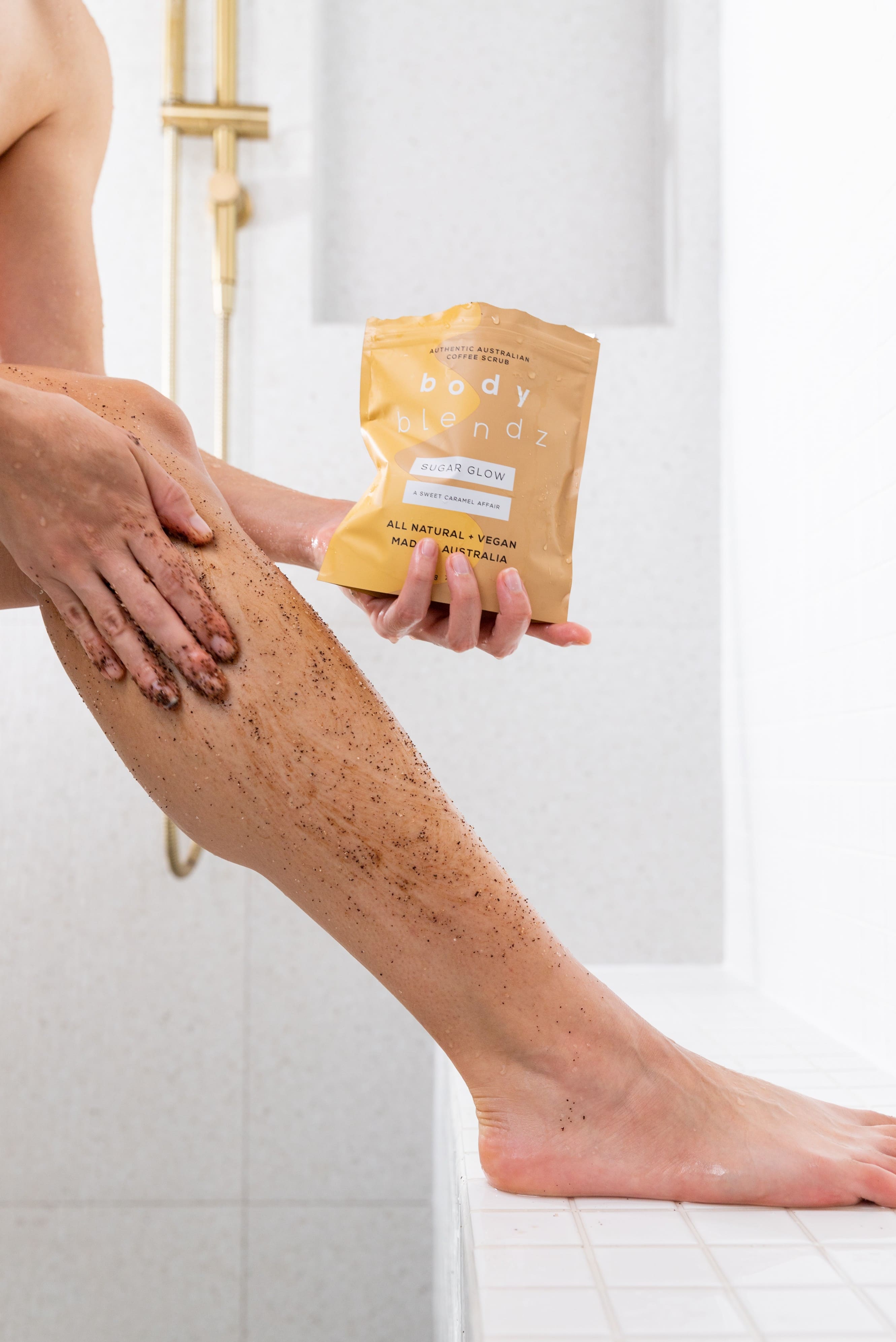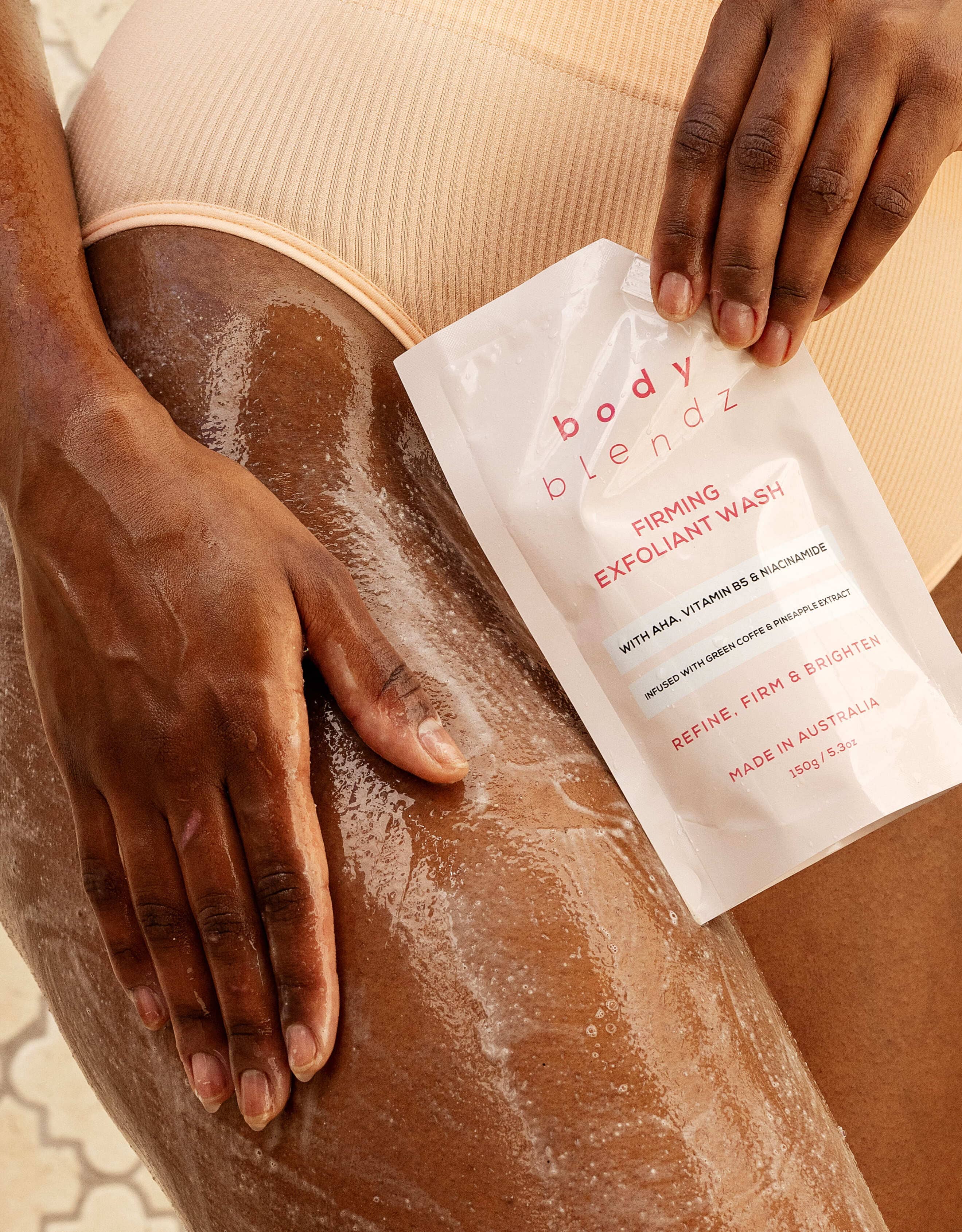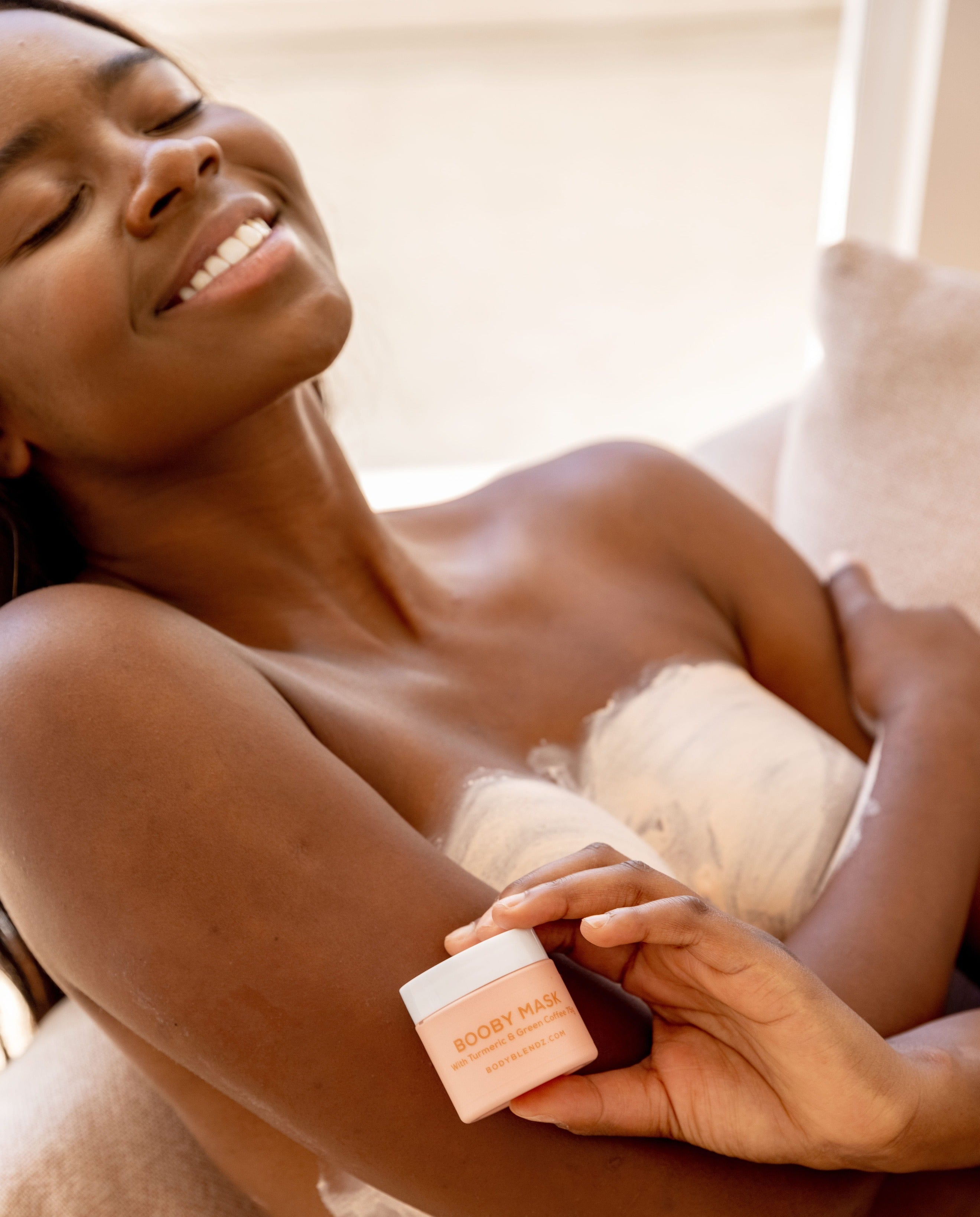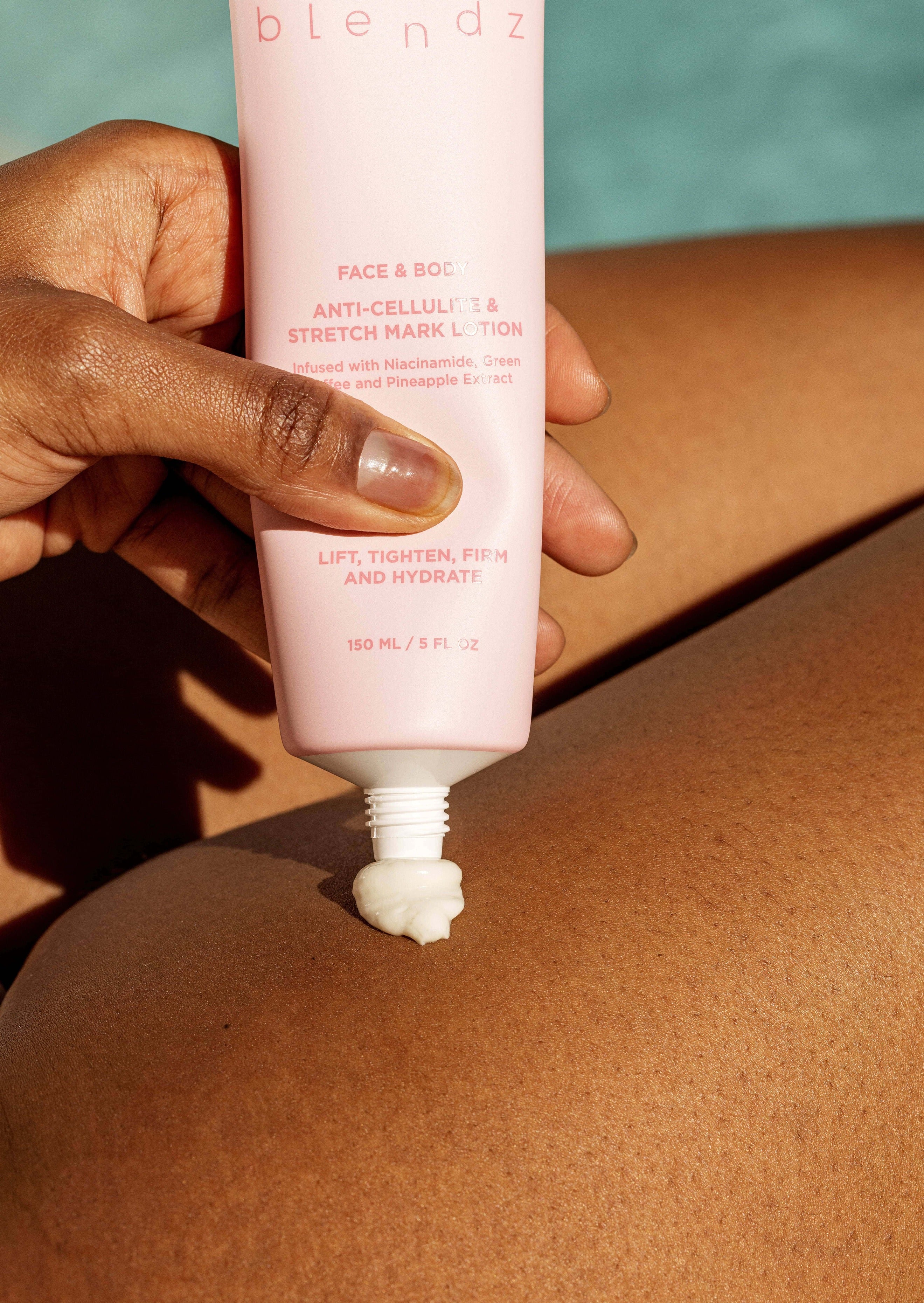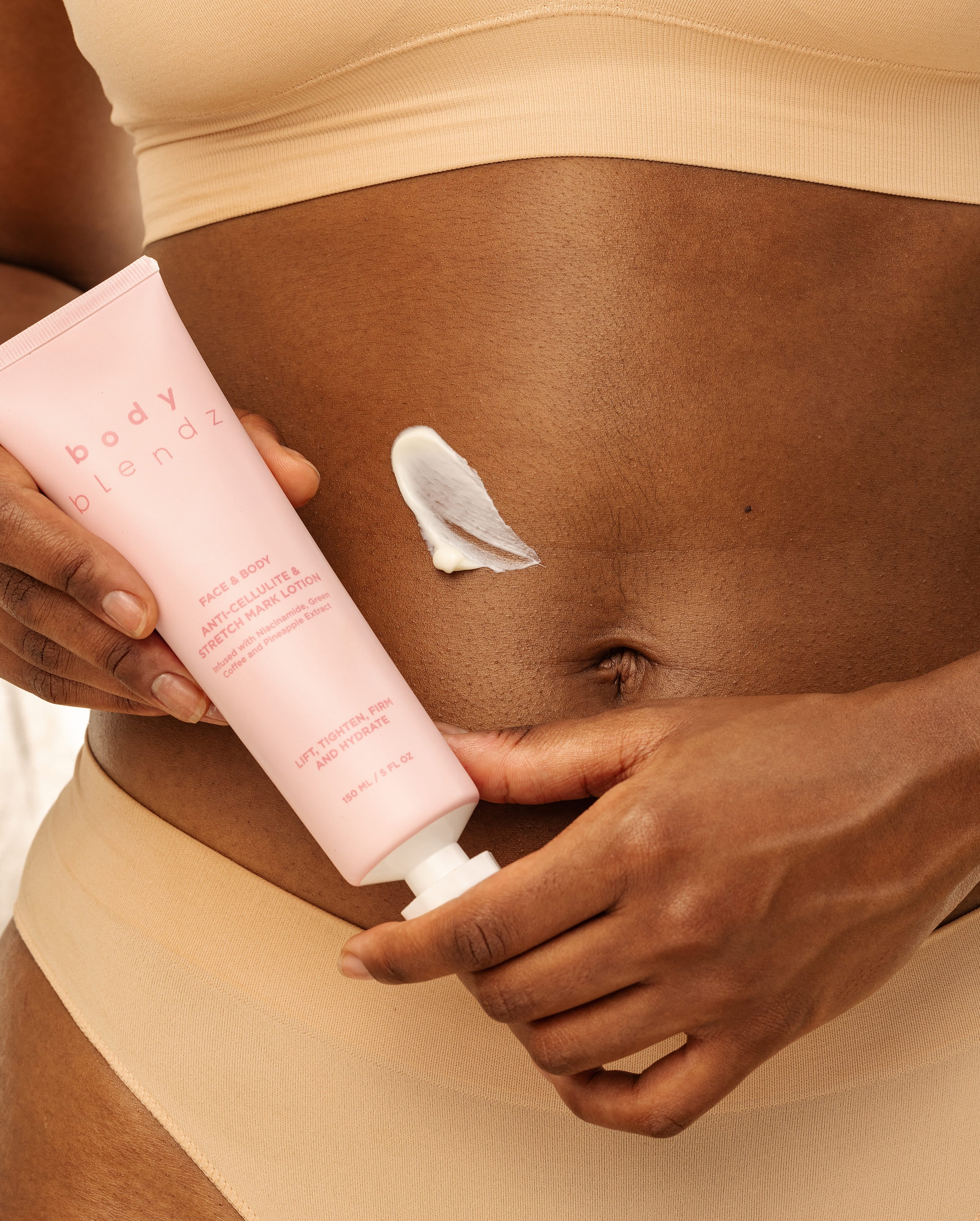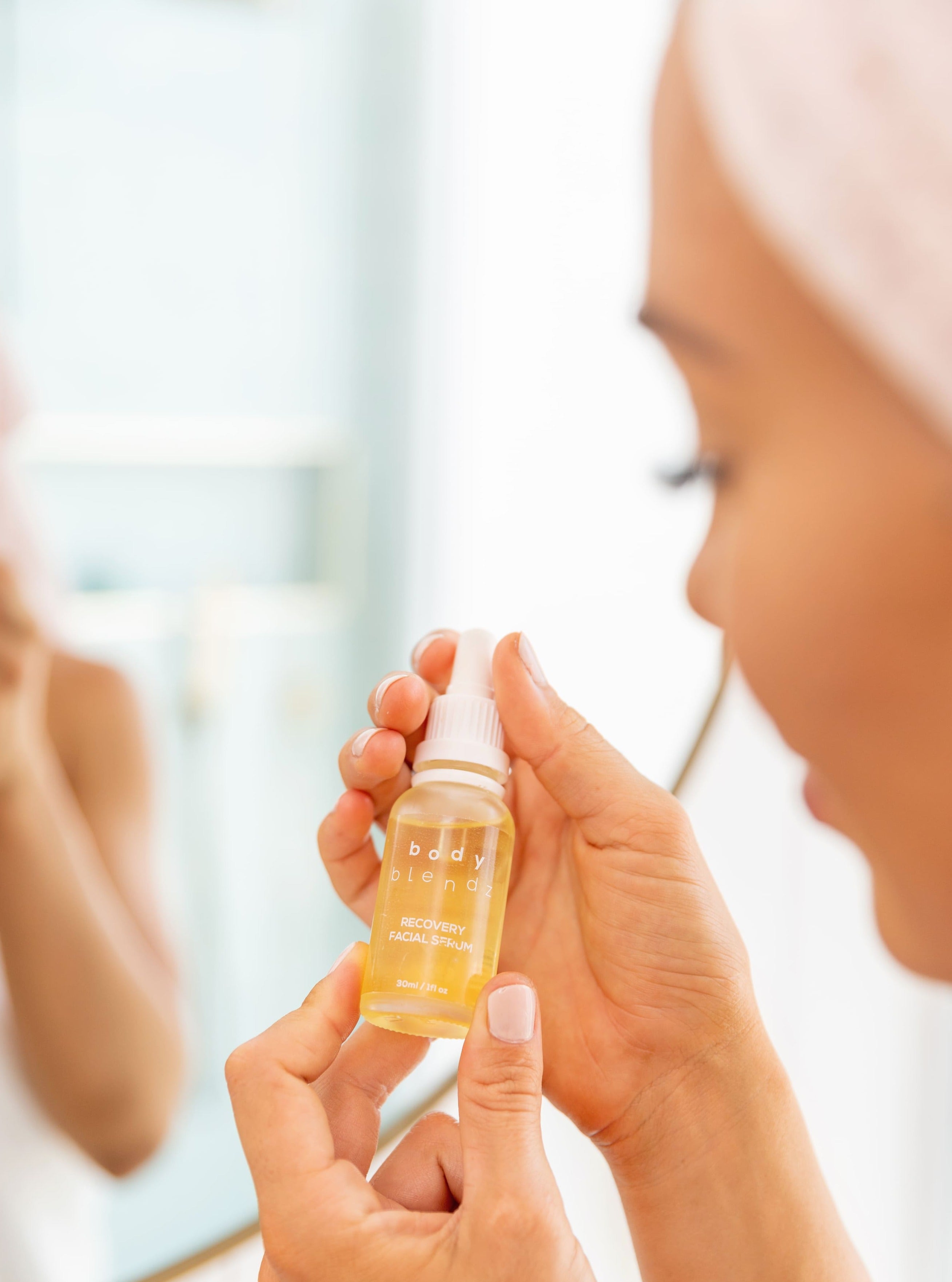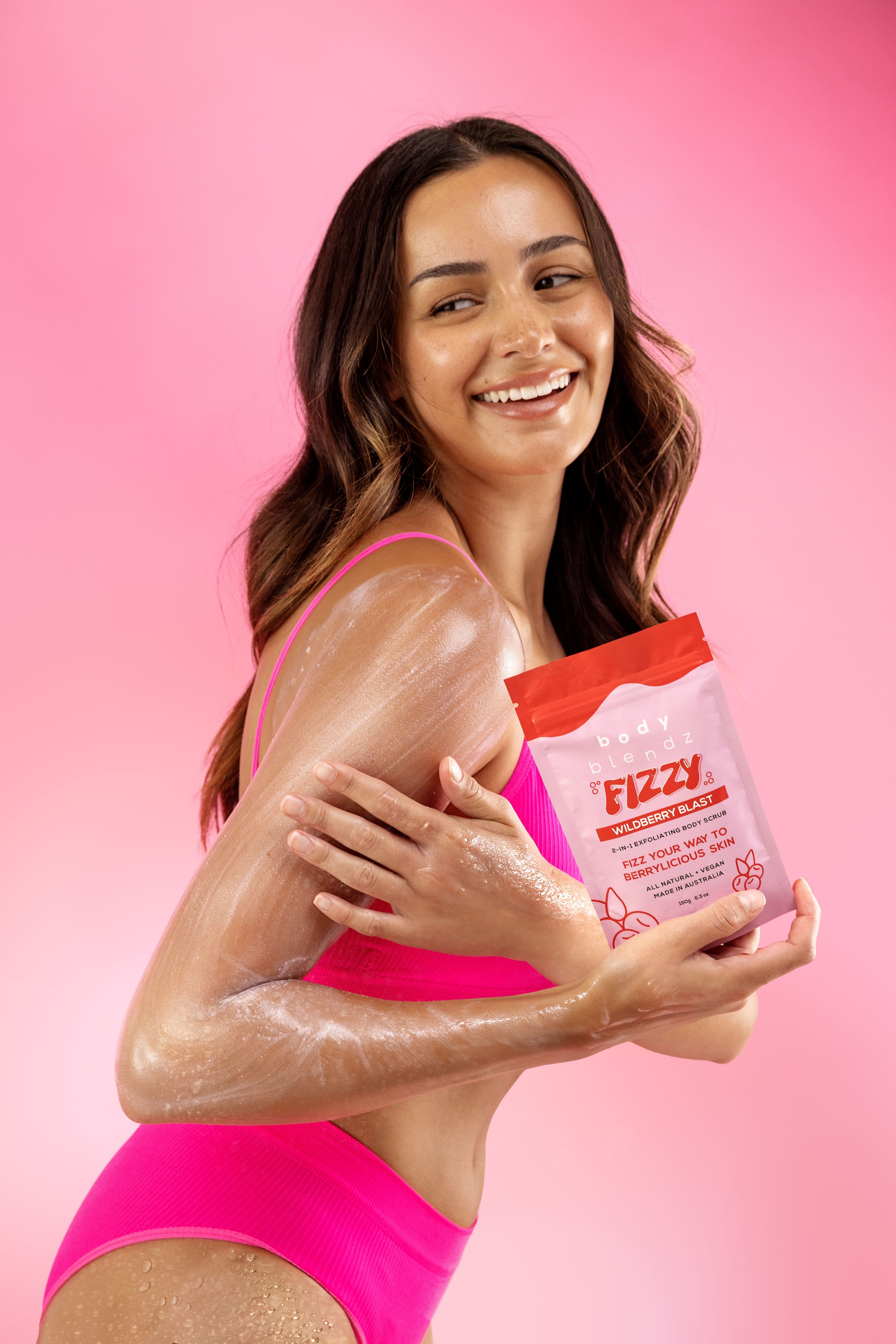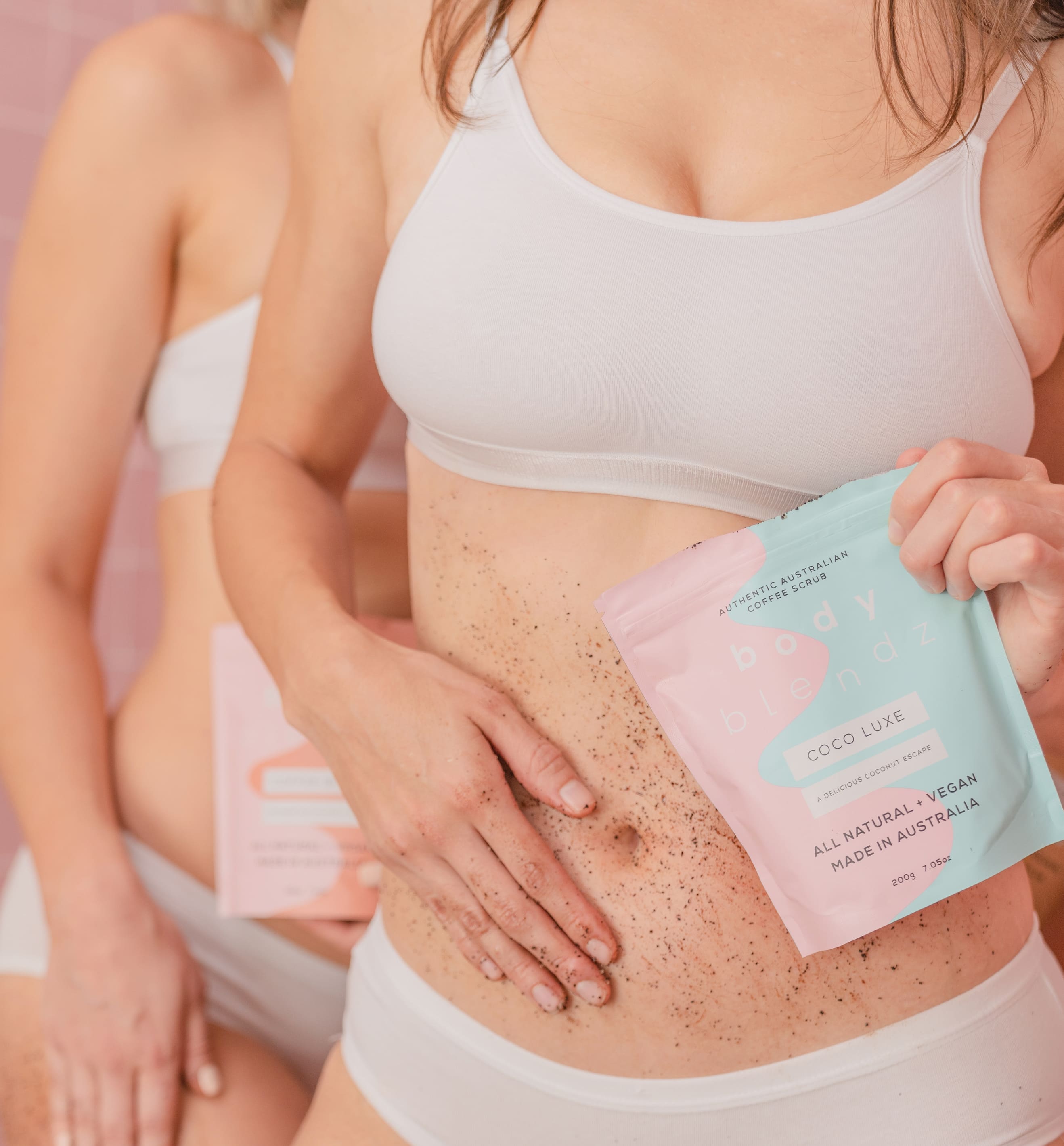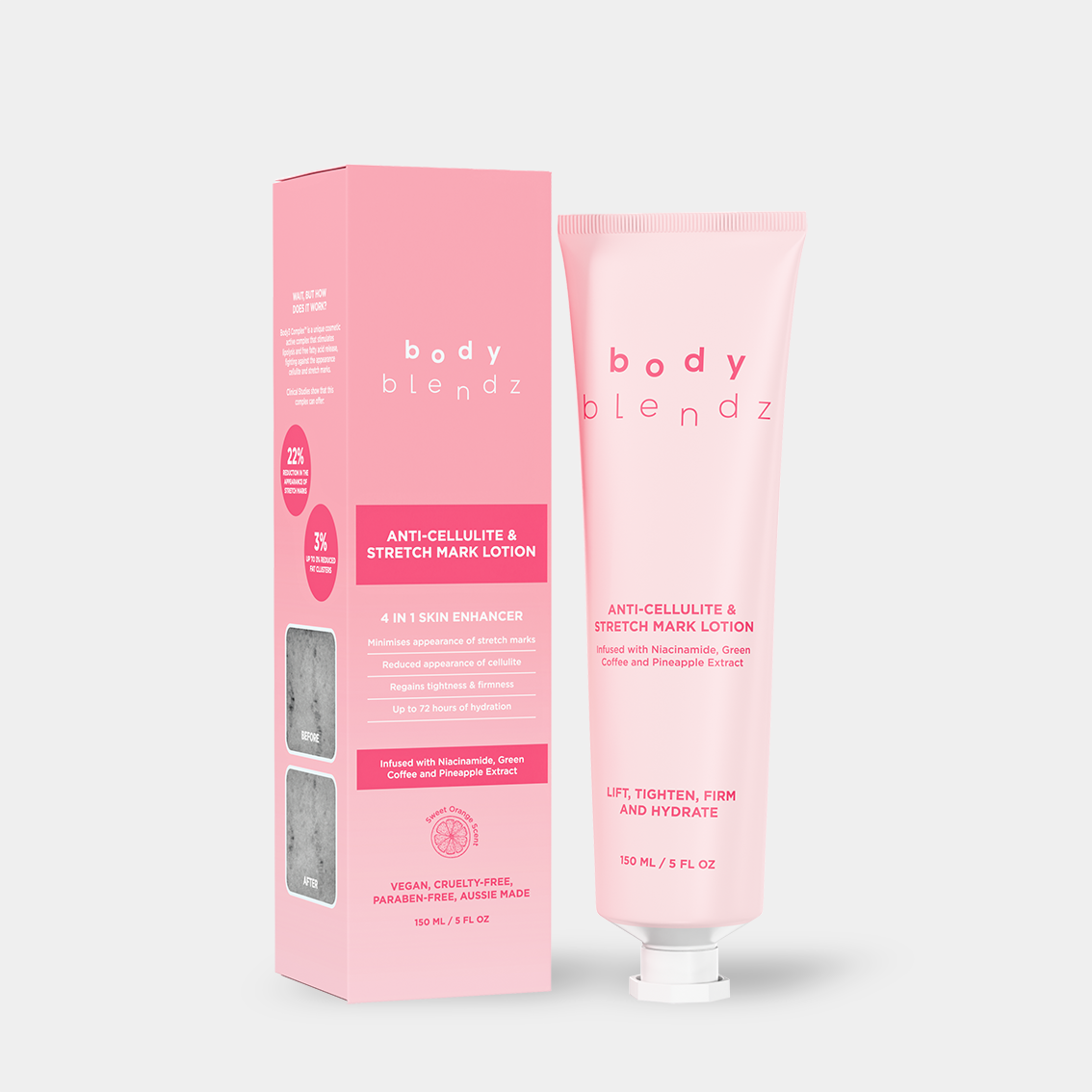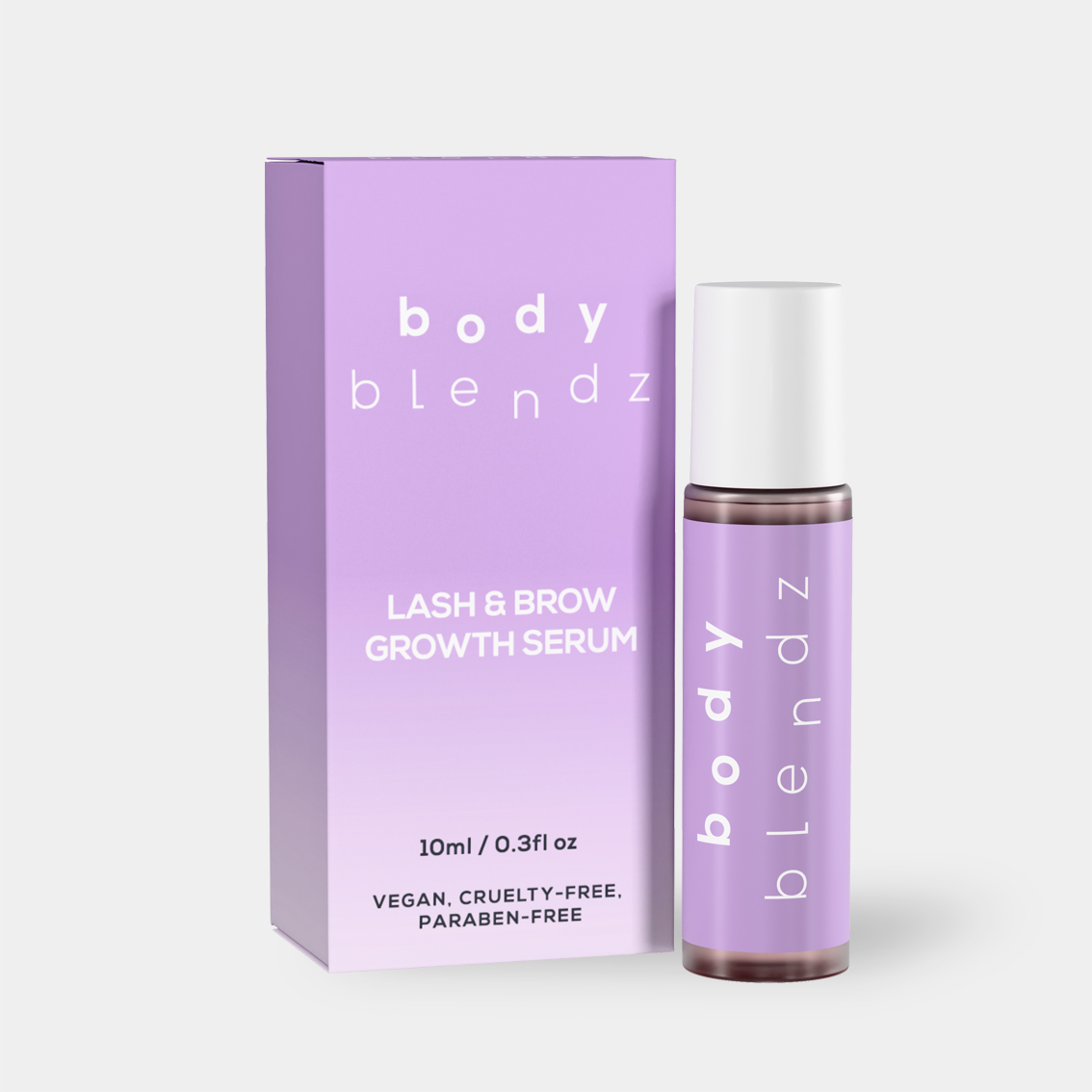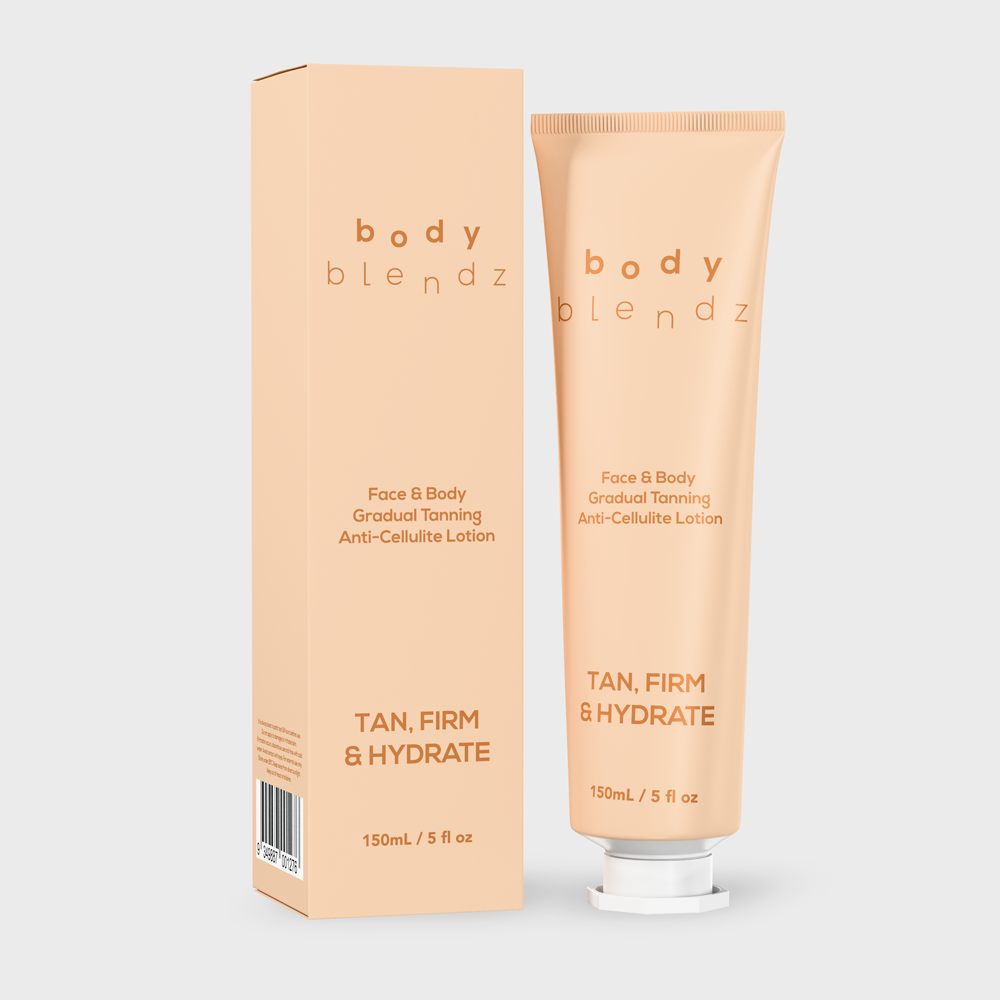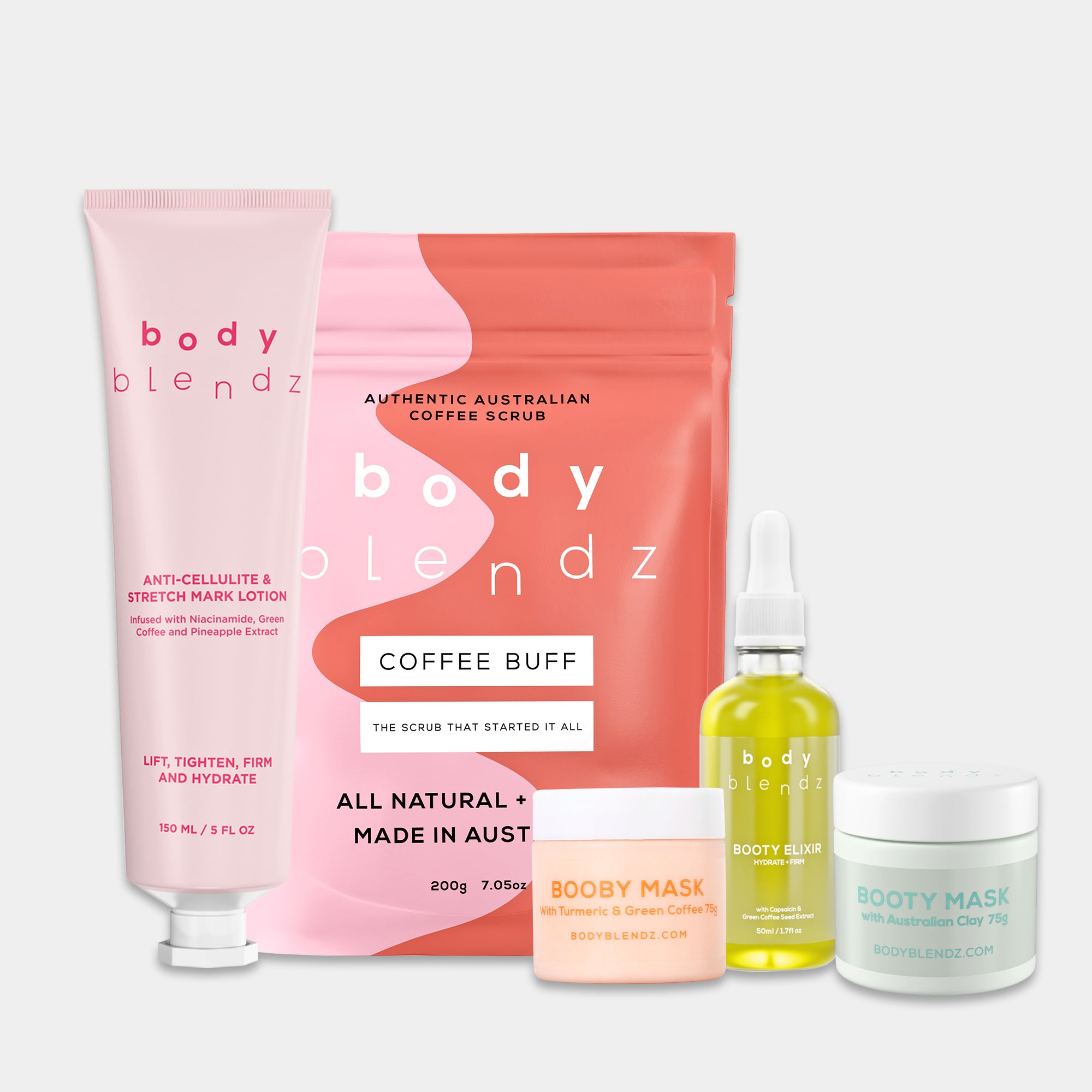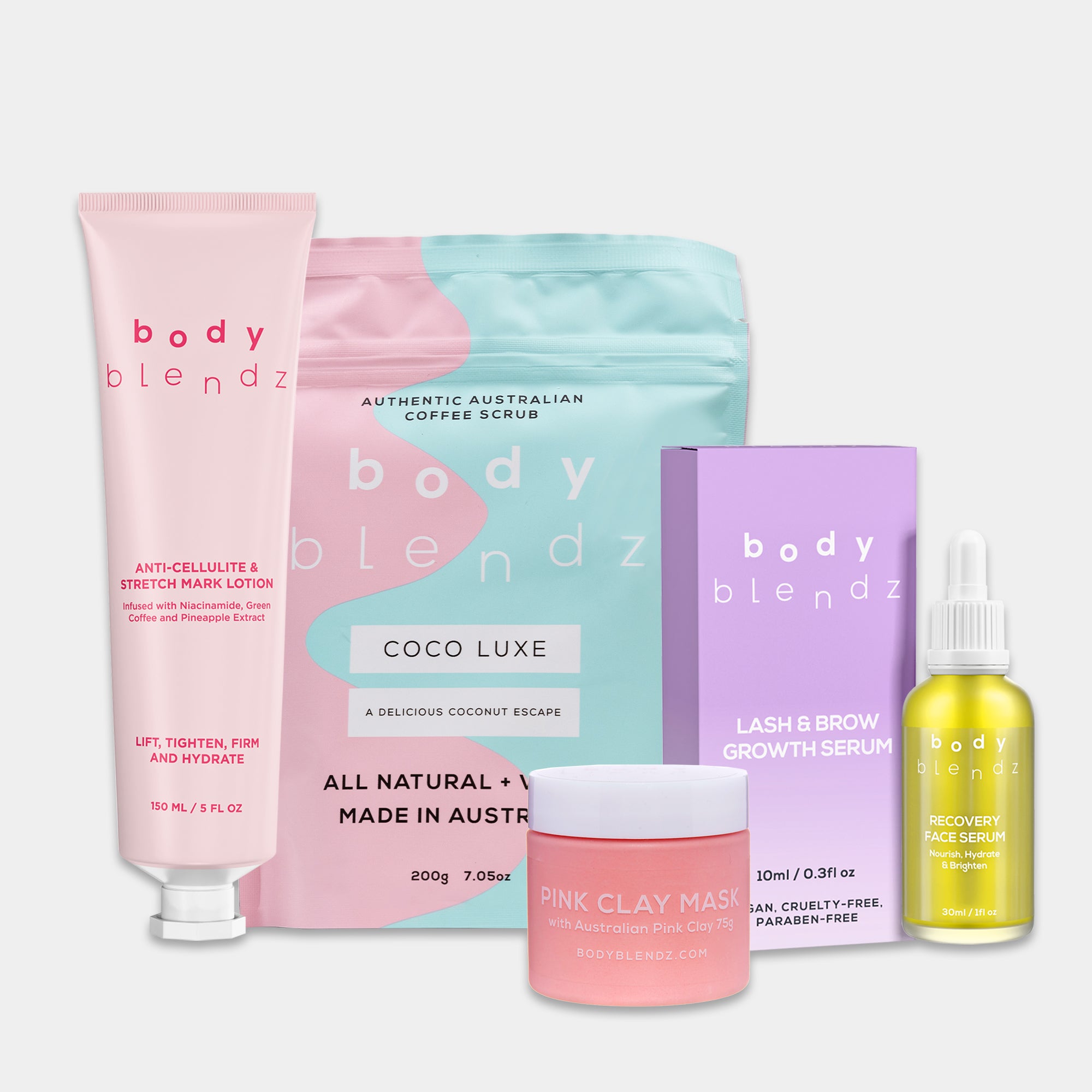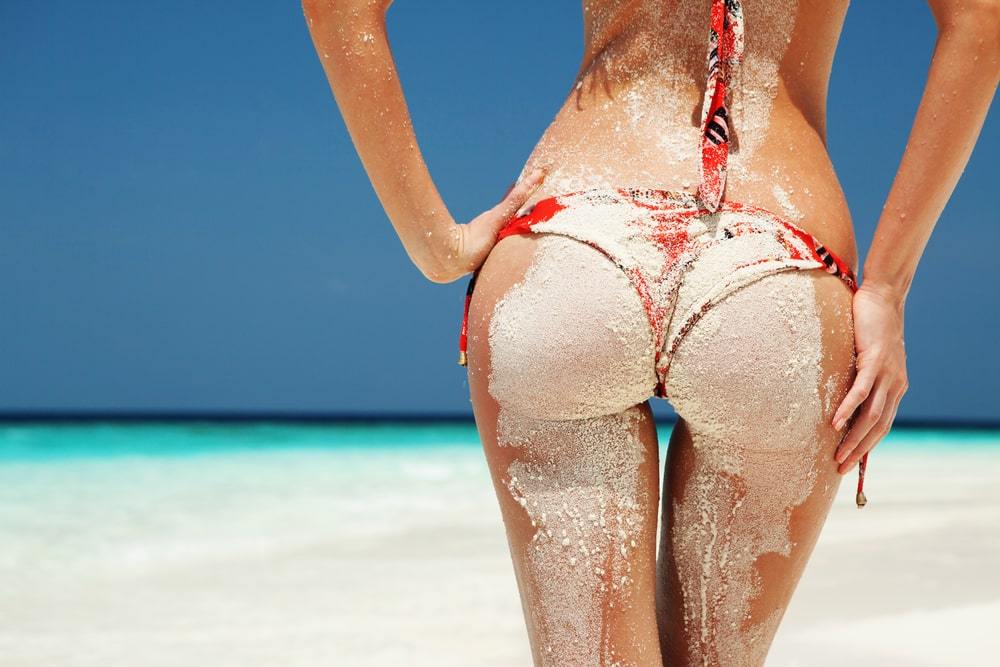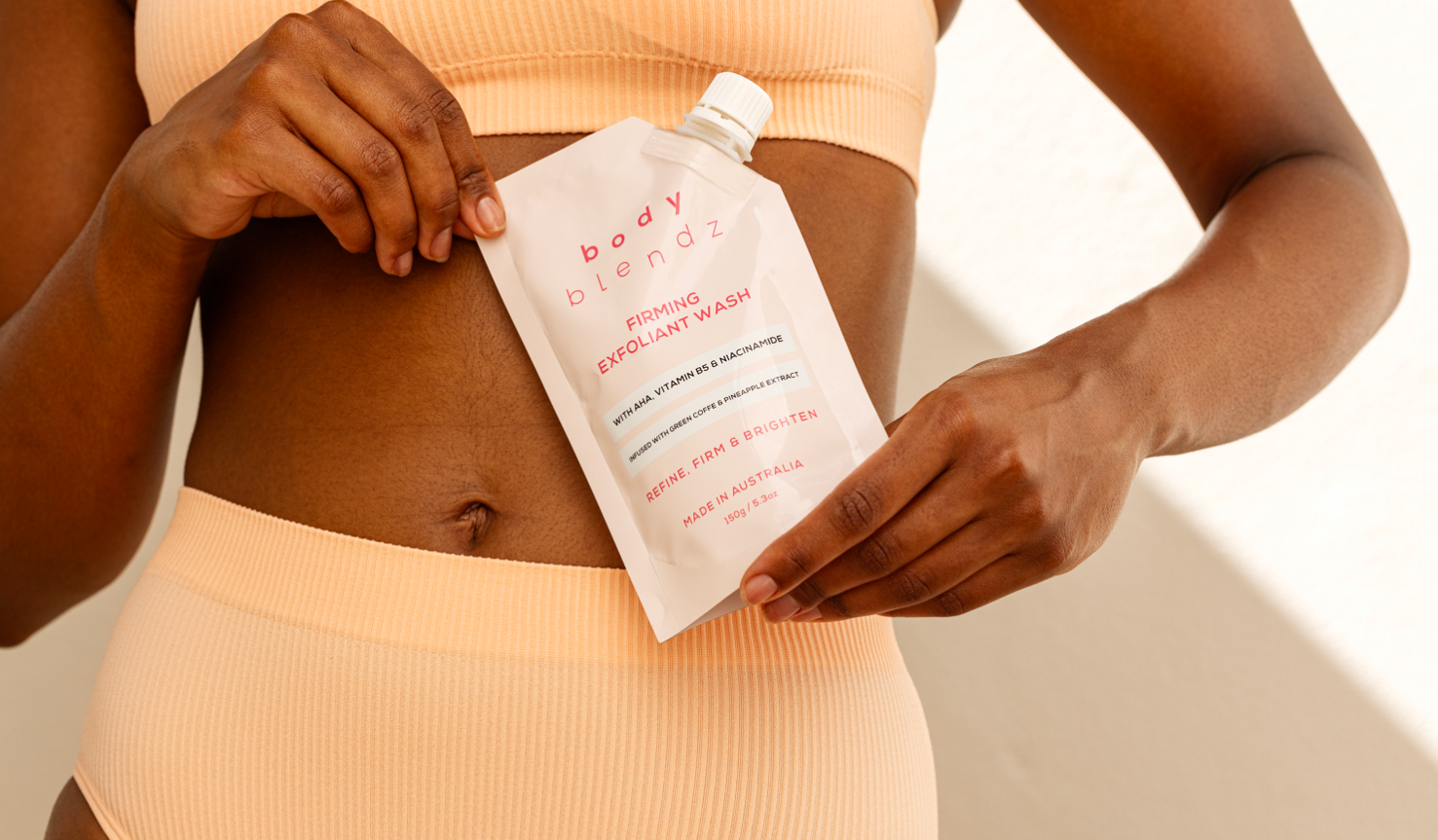Understanding Maskne: Care and Prevention of Skin Irritations Caused by Daily Face Mask Wear
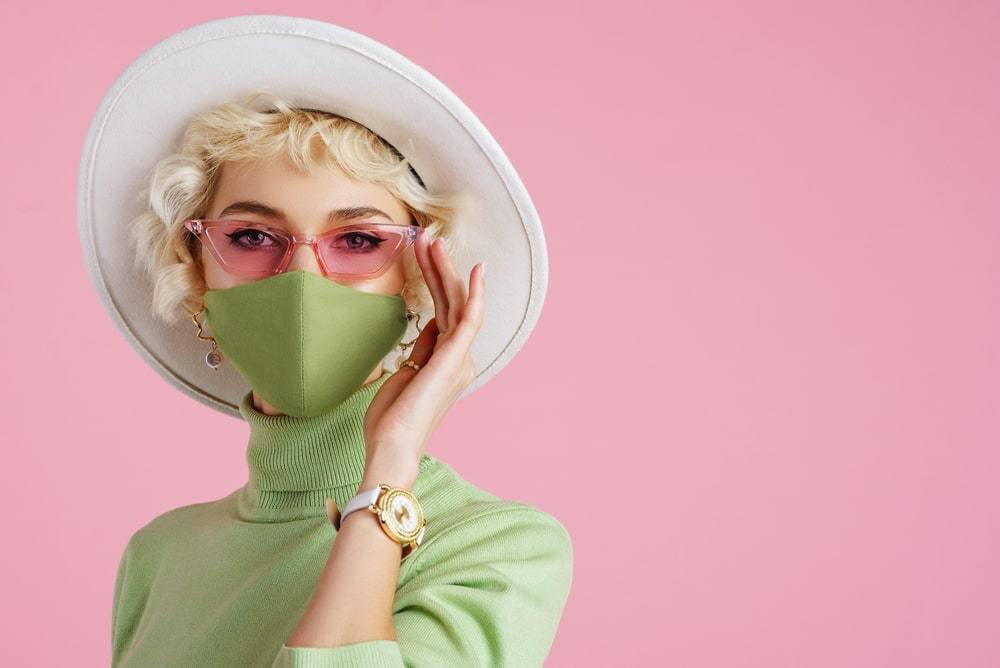
The ongoing pandemic has forced us into a new normal of constant hand-washing, physical distancing, and the wearing of a face mask. Your local health advisory might be either a recommended or mandatory wearing of face mask in public areas to help curb the proliferation of the pandemic.
The American CDC (Centers for Disease Control and Prevention) has recommended the use of cloth face mask for the general public. They discourage the use of disposal surgical and N95 masks, which apparently are in “critical supplies” for health workers and people who are first responders to a contamination report¹.

After months of quarantines and lockdowns, more and more places have opened up. For most of us, face masks and coverings have become a part of daily living. This constant covering of our faces has caused a skin malady previously only experienced by medical workers, the maskne. Maskne is a bucket term describing all sorts of skin irritations ranging from chafing and acne to eczema and rosacea, as a result of constantly wearing a face mask.
Contact Dermatitis. Contact dermatitis is a type of rash resulting from direct contact with any substance including fragrances, cosmetics, and fabric.
Rashes are usually the first sign of face mask skin irritation. Chafing and chapped skin show anywhere there is constant pressure and friction between the skin and the mask: on the bridge of the nose, the ear, the upper cheeks, and the chin area.
Acne. Stressing about living in a world forever with a pandemic, hormonal imbalance, in addition to physical abrasion and pressure of the mask, heat and humidity inside the covered area, makes acne flare-up. Bumps and heads arise and turn into unsightly and even painful acne.
Miliria. Also called sweat rash or heat rash is a skin disorder that comes from occlusion or blocked blood vessels as what happens when the skin is pressed at a spot for prolonged periods, and the added sweat trapped inside the mask.
This itchy rash that appears in small areas usually arises when it is warm and humid, such as in tropical climates or during summer seasons. The skin under the mask experiences rising temperature, humidity, and C02 levels, allowing bacteria and other microorganisms to block the pores².
Eczema. Wearing a face mask daily seems to exacerbate eczema. Much like miliria, eczema or atopic dermatitis, is a condition that makes skin red and itchy. But unlike miliria that appears only in the presence of irritants and may disappear in the absence of said irritant, eczema is a long-standing skin ailment². Many factors can trigger eczema, anything from detergents, perfumes, pollen, mites, humidity, heat, even stress.


Caring for Skin with Maskne
Clean Face
When it comes to face cleaning, less is truly more. Opt for gentle soaps and cleansers. Cleanse the face before and after wearing face masks. Oily skin types become even more prone to breakout when wearing masks. Choose oil-free, foaming cleansers instead of cream or lotion cleansers. If it is possible and safe, it is recommended to let the skin breathe by giving it a break every two hours³. People with normal to dry skin types can use the appropriate face cleansing wipes.
Gently Exfoliate
Depending on your skin type, a gentle exfoliation is needed to help remove dirt and dead skin build-up, once or twice a week. It’s important to choose gentle and natural exfoliants as opposed to harsh abrasive and chemicals. The covered skin is already stressed, adding even more possible skin irritants would make your skin complain in the only way it knows how – even worse skin ailments.
Protect Skin
If you have to wear a face mask all day, it is best to find ways to decrease pressure and friction between the covering and the skin, especially around the ears, the bridge of the nose, and the chin. Frequent pressure and friction on the skin releases liquids from the top layer of the skin, resulting in dryness and irritation.
If your daily moisturiser is not enough, and you still see redness and/or itchiness around the ears, bridge of the nose, and chin area, switch to a thicker, non-comedogenic product with zinc oxide. Find a product with a similar consistency as petroleum jelly. And apply only to those areas mentioned above. The rest of the covered facial area is most likely experiencing heat, humidity, and excess oil. Applying thicker barrier product to these areas will cause breakouts.
Lightly Moisturiser
It is essential to use a non-clogging, lightweight moisturiser before bed and before wearing a face mask, and whenever you clean your face throughout the day. Yes, even if you’re on the oily side.
If you have any topical face medications, continue using them. Skipping on your skin regimen for acne, eczema, rosacea, etc., will only worsen those skin conditions likely caused by the constant wearing of face masks.
Treat Irritations
If, after a few days of cortisone creams, skin barrier products, and other at-home treatments for skin irritations, a trip (or a virtual one) to your doctor may be necessary. Do skin doctors see their patients through video conferencing?
Ignoring persistent skin irritations can lead to infections and long-term skin ailments, such as post-inflammation discoloration, acne, rosacea, and eczema. Constant rubbing and friction can cause contact dermatitis and perhaps even cold sore herpes. Although, maskne will most likely come from the dirt and other pollutants and irritants trapped inside the masked biome.

Tips to Prevent Maskne
Maskne Makeup
Wear make-up on your eye area only, if possible. Keep the covered area make-up free. Think of all the potential pore-clogging particles that will combine with sweat sticking to the mask! Since the eyes are the only part of your face showing when wearing masks, you can even double down on eye make-up. Hello dramatic eyebrows, eyeliners, and lux lashes!
But if you have to wear make-up, try to use minimally. Choose non-comedogenic, lightweight make-up. Finally, use a fixing (also called setting spray) spray to keep the make-up on your face and not rubbing off onto the mask.

The Right Mask
Picking the right face mask helps keep your skin smooth and maskne-free, even when covered for hours at a time. Fabrics that are mixed with polyester, rayon, and nylon, generally make you sweat more, and therefore, can create rashes on your skin.
On the other hand, the best fabric for reusable face masks are cotton, satin, and silk. Cotton is breathable. Like cotton, satin and silk do not increase humidity, making it appropriate for longtime wear. Because satin and silk glide across the skin’s surface, they do very little friction with the skin, thus evading possible rashes. Satin and silk are also hydrophobic, which means they repel water⁴, with silk being more so. Droplets from outside of the mask are somewhat repelled from getting through. This filtration improves when the fabric is layered.
![]()
¹ www.cdc.gov/coronavirus/2019-ncov/prevent-getting-sick/about-face-coverings.html
² www.ncbi.nlm.nih.gov/pmc/articles/PMC7272981/
³ www.england.nhs.uk/coronavirus/wp-content/uploads/sites/52/2020/04/C0129_Preventing-skin-damage-under-PPE_9-April.pdf
⁴ https://www.news-medical.net/news/20200630/Silk-useful-as-face-mask-and-PPE-in-COVID-19.aspx
![]()
Hair Treatment Mask |
Vanilla Blush Coffee Scrub |

